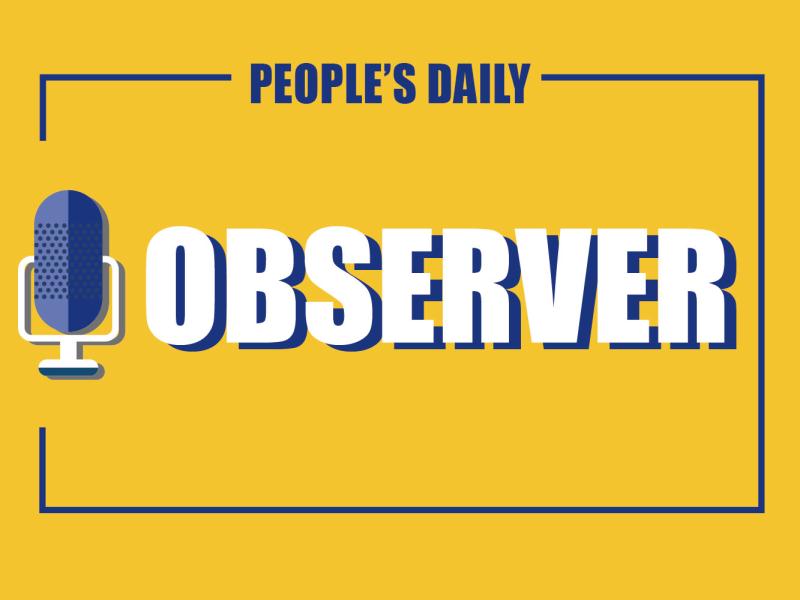
The COVID-19 pandemic has generated a series of public health crises and exacerbated deep-rooted, long-established social problems. To some extent, the homeless in the US are one of the vulnerable groups hit hardest by the pandemic.
Before the COVID-19 outbreak, rates of homelessness in the US had reached their highest in 20 years. More people lost their homes due to the unstable source of incomes and rising rent prices, the economic fall-outs of pandemic. There were 226,000 Americans living unsheltered as of December 2020, a 30 percent increase from 2015, according to US Department of Housing and Urban Development statistics.
The homeless population were more at risk from COVID-19 as they often sheltered and ate in crowded environments in which people failed to maintain social distancing. The homeless were also at higher risk of other severe illnesses and so were generally more prone to contracting the coronavirus.
Health experts warned that the US government should place the homeless in safer living environments. Some homeless were given empty hotel rooms and hygiene stations for temporary accommodation.
But shortly after the early days of the pandemic, budgetary concerns drove metropolises like Los Angeles and New York City to shut down their hotel-lodging projects and so return the homeless to their old environments. Oftentimes they were driven off street corners so that the fancy image of the city could be maintained. Without a permanent residence, access to healthcare for the homeless was relatively lower. COVID-19 testing and vaccination was a challenge. As of July 2, a little under 7,000 unhoused people in New York City had been fully vaccinated, compared to the 31,326 adults who stayed in a shelter the previous night, according to the City Limits media.
This all added up to a survival crisis for the homeless. The weekly rate for positive COVID-19 tests among the entire US population between June and October was 4-7.8 percent, according to Johns Hopkins University data. But the same rate at the same time was 9-12 percent for the homeless, according to National Health Care for the Homeless Council data. The health impacts of COVID-19 might be more severe on the homeless as a significant number are elderly or people with underlying health issues, according to the Centers for Disease Control.
“The real pandemic is homelessness,” 56-year-old Larry Greer, who lived in a tent among 40 side-by-side tents in Oakland with his 60-year-old wife said in an interview with the San Francisco Chronicle. At a time when the daily norm for lots of people was staying at home, working at home and living in the cloud, for the homeless it was hard to even realize the dream of living in an actual home.
African Americans and indigenous people were found to experience homelessness at a disproportionately higher rate. People identifying as black or African American accounted for 39 percent of all people experiencing homelessness, according to a report to Congress in January.
Research from the National Alliance to End Homelessness attributes this discrepancy to longstanding discrimination in the rental housing market, in the criminal justice system, in the healthcare system, and even in the homelessness service ecosystem.
The disparity of COVID-19 vaccination and infection rates between the homeless and the overall population reflects a human rights situation where the most vulnerable groups are often neglected. Their access to healthcare and social security has always been a sticky issue and the pandemic is a demon mirror. The US has always been a nowhere for the homeless, but the coronavirus has upgraded their desperate situation into a crisis of survival.


